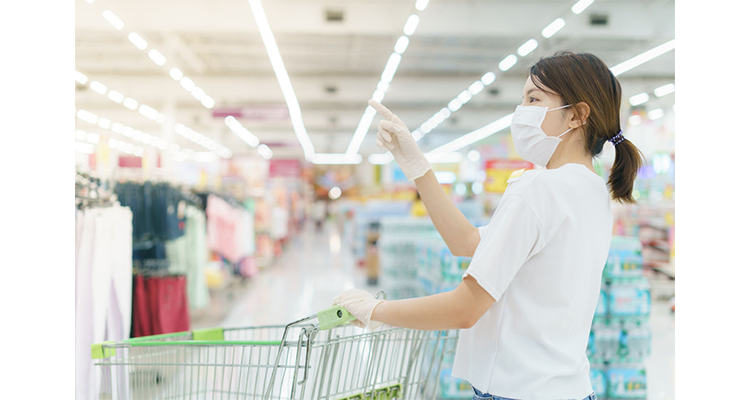New Challenges in the Marketplace

I went on record last year saying that the official motto for 2020 should be “Oh No, What NOW!?” Frankly, January 2021 already got off to a rollicking start. If you thought 2020 was a “Gong Show,” so far we’ve all had an eventful year and it’s not even February yet.
I’ve written before about how business has adapted to whatever this “new normal” is, for however long it’s going to last. All of these are disparate threads I’ve touched on in other columns to some degree or other, but there’s always more to examine.
Like every business, retailers have adapted to changing circumstances. And they have faced new challenges. For one thing, e-commerce has boomed, and it’s been at the expense of the in-person shopping experience. Buyers would rather stay home and order online, unsurprisingly.
Now, big national retailers with strong e-commerce platforms have seen their e-comm business grow, and generally gaining back online what they were losing in-store. It was smaller retailers, like regional players on down, who’ve had to work harder to bring their own e-comm capabilities online. And since small retailers don’t have the scale to compete with the biggest players, they’ve had to be creative in finding a lucrative niche that will allow them to, if not prosper, at least survive.
Just as e-commerce has put pressure on in-person retail, it has also created challenges for smaller retailers to face directly. For example, they’re up against reduced opening hours, as well as reduced occupancy limits. If the total number of customers allowed in your store at one time is limited, that automatically caps how many transactions you can process in a day. There’s some nuance to this to this, but the bottom line is that fewer customers means lower revenue.
All retailers have done their best to compensate for that by trying other ways of serving customers, such as curbside pickup — which brings me to another challenge. In addition to declining in-person traffic as a consequence of online shopping, and fewer daily transactions due to occupancy limits, another challenge retailers face is smaller overall transactions and reduced upselling and attachment sales.
When customers brace themselves for a trip to the store, they’re going to the store to buy specific things. They know in advance what they want, and they want to get it and leave. Everyone is a germophobe now. Customers don’t want to hang around in-store. They don’t want to graze, looking at other cool things. And they don’t want to talk and chit chat with salespeople, which means they’re less amenable to upsell and attach. One retail executive summed it up neatly. He said, “People are coming in to buy; they’re not there to be sold.”
While it’s not a front-line, in-store challenge, another issue that every business has struggled with is budgeting and forecasting. How do you plan for the next quarter when you don’t know what’s going to happen next week? Calculating forecasts and targets has been an ongoing hassle. This past holiday quarter, I was tasked with doing some promotional programs with selected dealers. How were we to set goals? What’s realistic these days, and what’s unobtainable? It was tough. I’m not going to say I got it right, but I will say I learned a lot in the process. And maybe I’ll be able to apply what I learned this year.
In the past year I have been both amazed and inspired watching my dealers play the cards they’ve been dealt. I know it hasn’t been easy. And as for what comes next, who knows?





